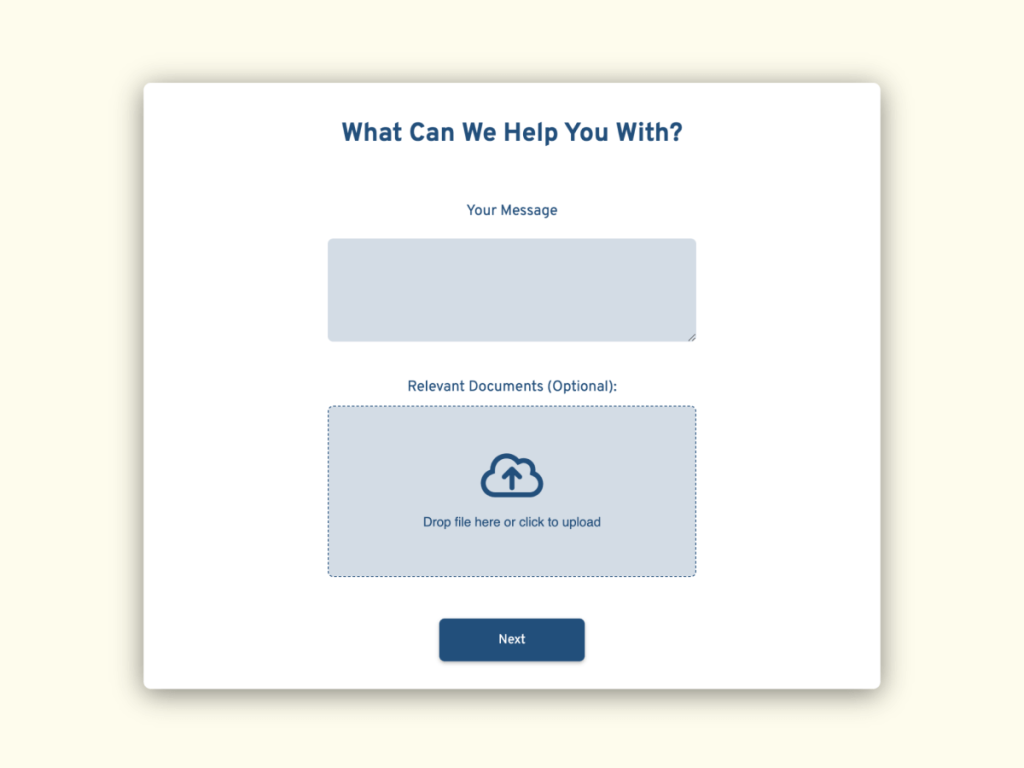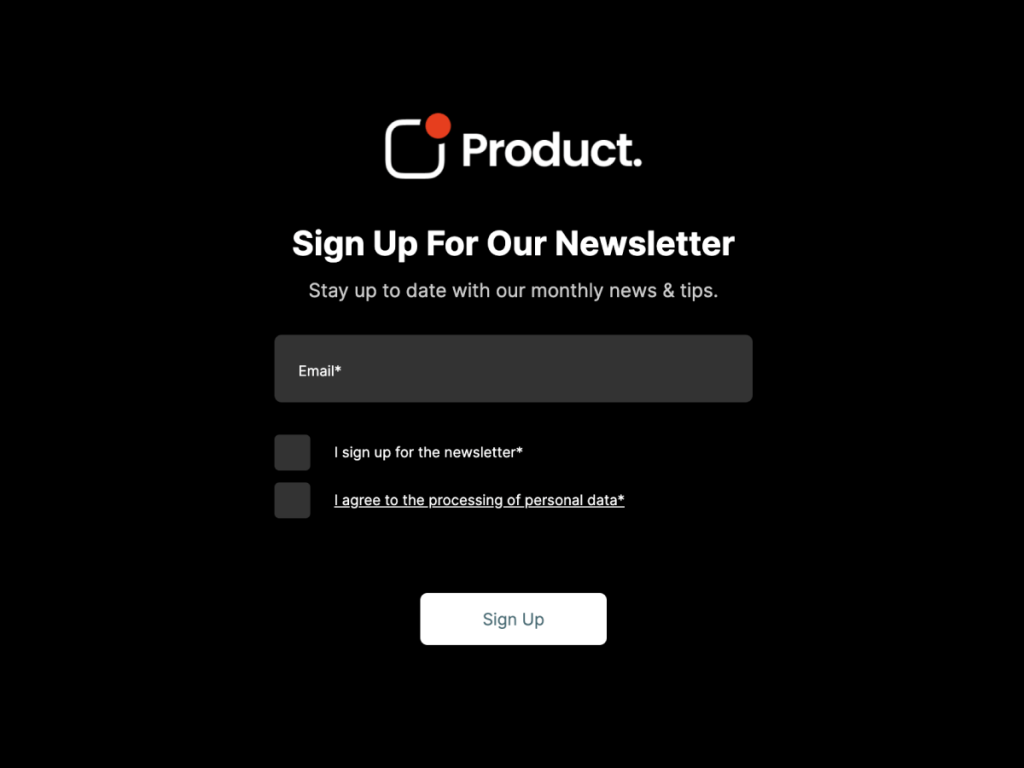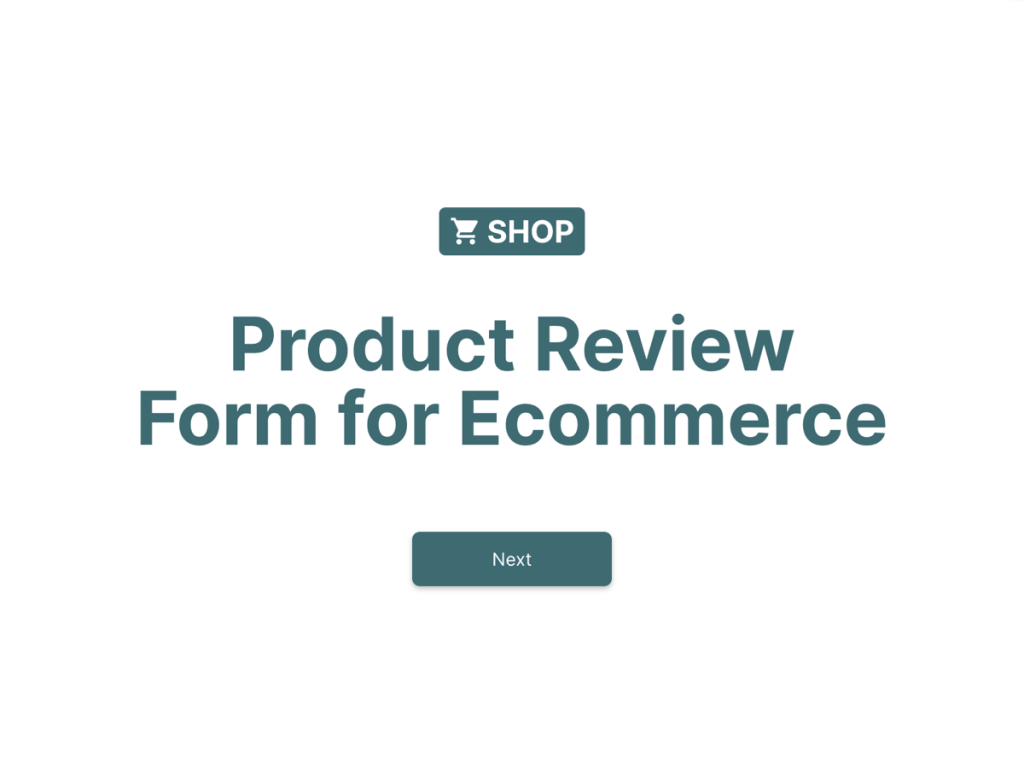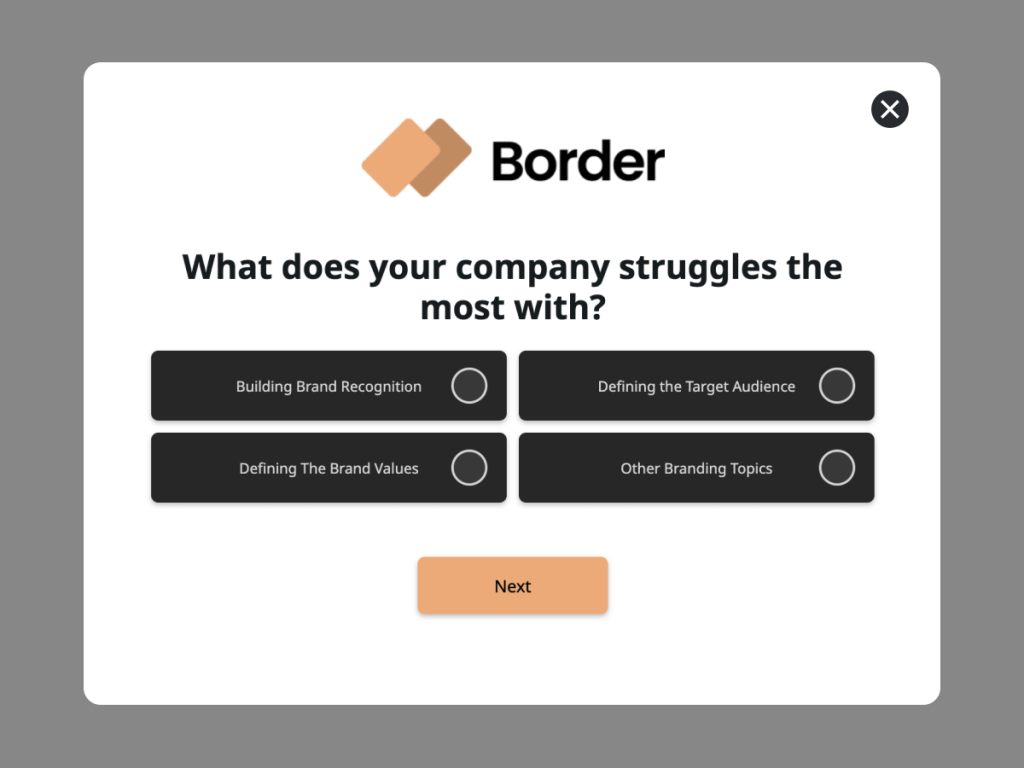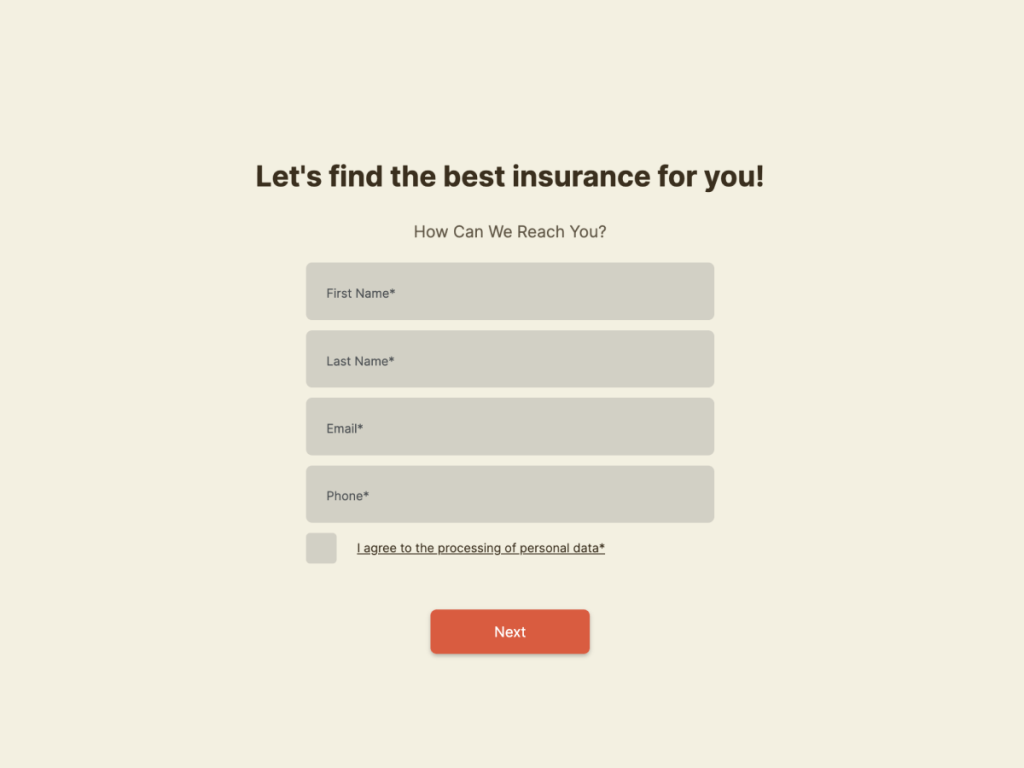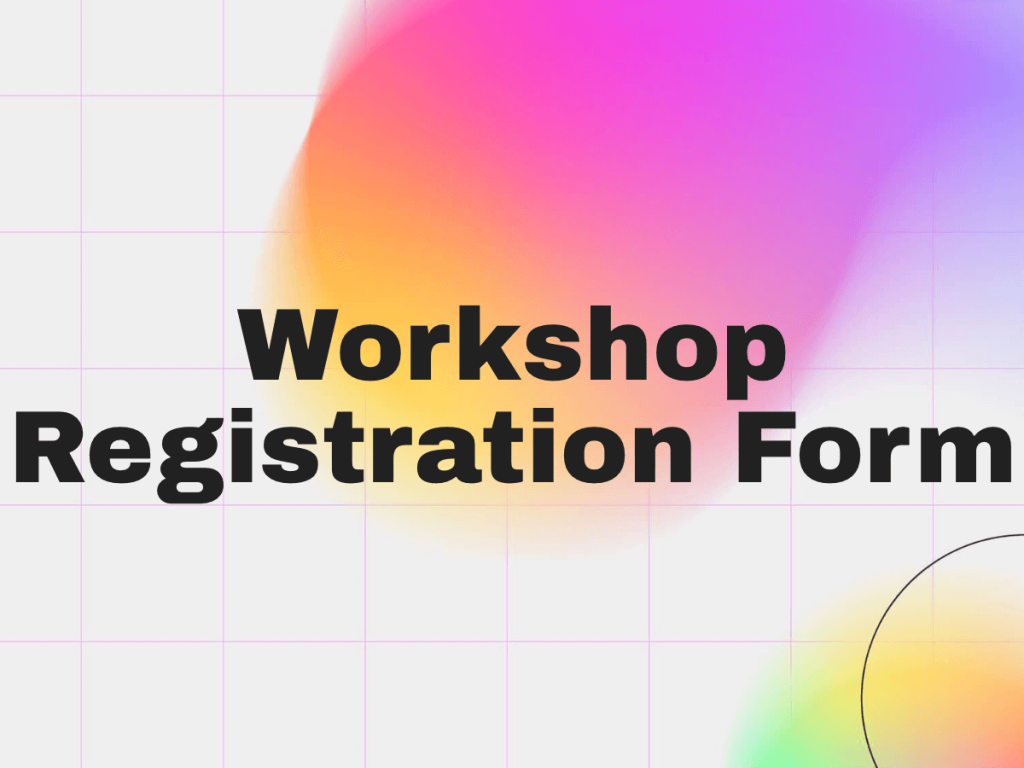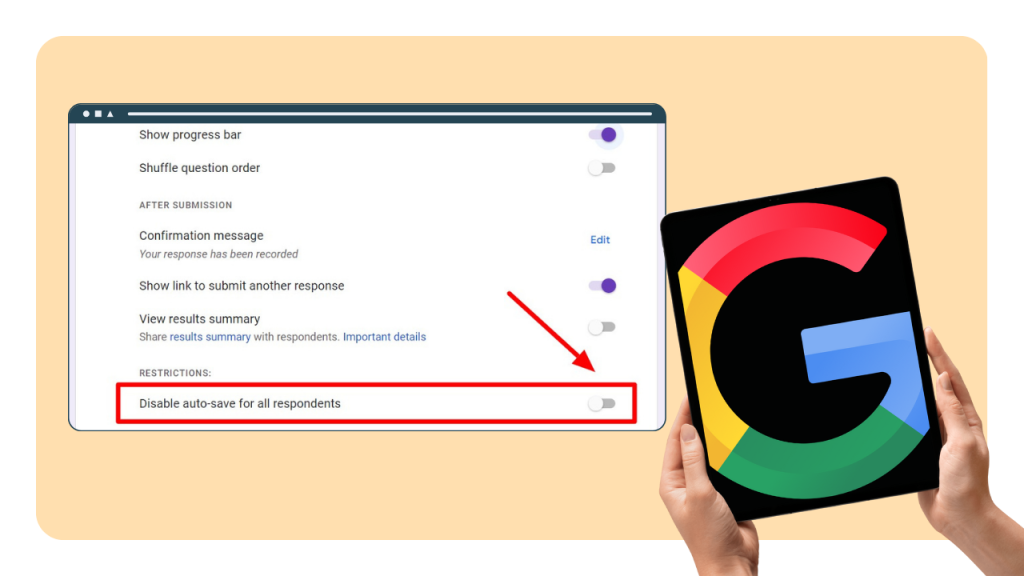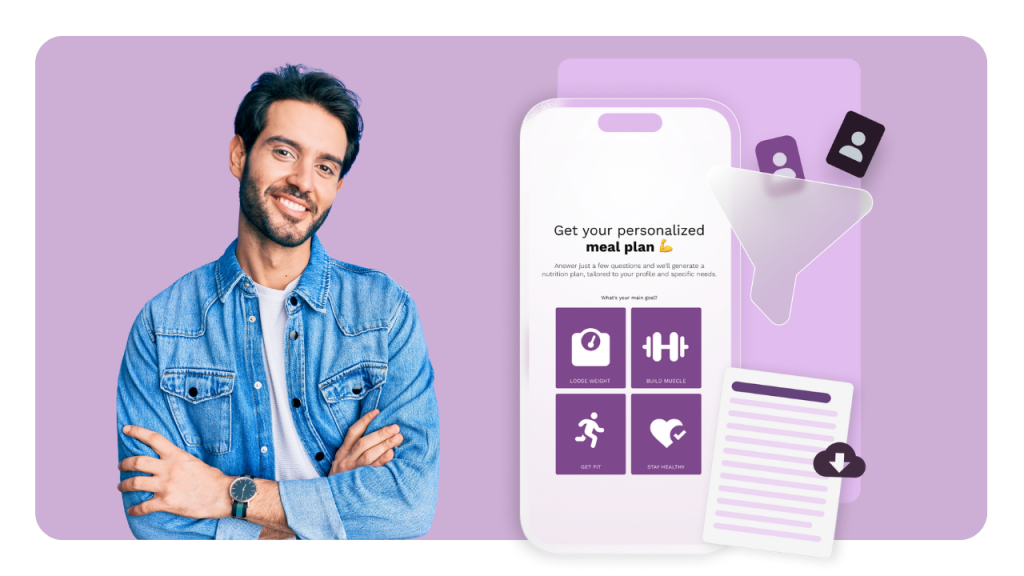Still juggling spreadsheets, emails, or paper signups to manage registrations? It’s time to make the switch. With the right tools, you can create a registration form online in minutes, without any coding or IT help.
Whether you're organizing an event, enrolling students, or onboarding clients, a well-designed online registration form can simplify your workflow, reduce errors, and save hours of manual work. Thanks to drag and drop form creator tools, building a form that matches your brand and collects just the right data has never been easier.
In this free + customizable guide, you'll learn:
What a registration form is and how it works
Which fields to include for different use cases
How to create a registration form online step-by-step
Where to find ready-to-use registration form templates
Tips to embed, automate, and even collect payments on form
Mistakes to avoid and how to increase conversion rates
Tools to use for conditional logic forms and mobile-friendly layouts
So, if you've been wondering how to make a registration form that works across platforms and devices, you're in the right place. Let’s walk through the process of building a professional, efficient, and high-converting form, step by step.
Create registration forms
involve.me is a powerful no-code solution to build online multi-step forms in minutes
What Is a Registration Form and Why Is It Important?
A registration form is a structured digital document that lets you collect data from users for a specific purpose, such as attending an event, signing up for a program, or enrolling in a membership. These forms are often shared online through websites, emails, or social media, and they help businesses, schools, and organizations gather information efficiently.
Common Use Cases for Online Registration Forms:
Event registration for seminars, webinars, and conferences
School, gym, or healthcare enrollment
Workshop sign-ups or job fair applications
Software onboarding for SaaS tools
Volunteer or nonprofit participant intake
Why Are They Important?
Online forms streamline processes that were once manual, time-consuming, and error-prone. Here’s why they matter:
Faster data collection with automation
Reduced administrative work and paperwork
More accurate entries thanks to form field validation
Improved user experience with guided flows
Easily embed registration form on your site or landing page
Using an online form builder with templates and customization options makes it easier to tailor forms to your needs, whether you need something simple or require multi-language forms and advanced integrations.
Essential Fields to Include in a Registration Form
Creating a well-structured online registration form starts with knowing what information to collect. The right fields ensure a smooth registration experience for your users while giving you the data you need to manage signups effectively.
Basic Information Fields
Almost every registration form begins with the fundamentals: a person’s full name, email address and phone number, and sometimes their date of birth. These fields help you identify the registrant and communicate with them before or after the event or service.
In some use cases, such as school programs or healthcare services, you may also need to include their address/location to determine regional eligibility or assign them to a nearby branch or facility.
Event or Service-Specific Information
Beyond the basics, your form should capture details that are specific to your offering. For event organizers, asking participants about preferred sessions can help with planning multi-track schedules and personalized itineraries. If you're hosting in-person events, gathering dietary preferences or medical needs ensures you're accommodating all attendees properly.
In all cases, it’s essential to include a consent/terms agreement field so users acknowledge the policies, usage of their data, or event terms. If payment is required, integrating secure options like Stripe, PayPal or similar gateways directly into the form can simplify the process and reduce abandonment rates.
Optional Enhancements and Logic-Based Fields
Depending on the type of registration, you might want to add optional fields such as file uploads or newsletter opt-ins. However, including too many fields upfront can overwhelm users. This is where a conditional logic form becomes incredibly useful. With logic rules in place, you can show or hide certain questions based on how the user responds.
For example, if someone selects "Virtual Attendance," you might skip questions about meals or travel requirements. By keeping your questions relevant, the form feels shorter and more personalized.
A well-made registration form template already includes many of these core fields and structures. However, customizing it to your specific audience and goals, rather than relying solely on generic layouts will lead to better data collection and higher submission rates.
How to Create a Registration Form Online in 7 Steps
Below is a step-by-step breakdown of how to create a registration form online, from planning your form to publishing and sharing it with the world.
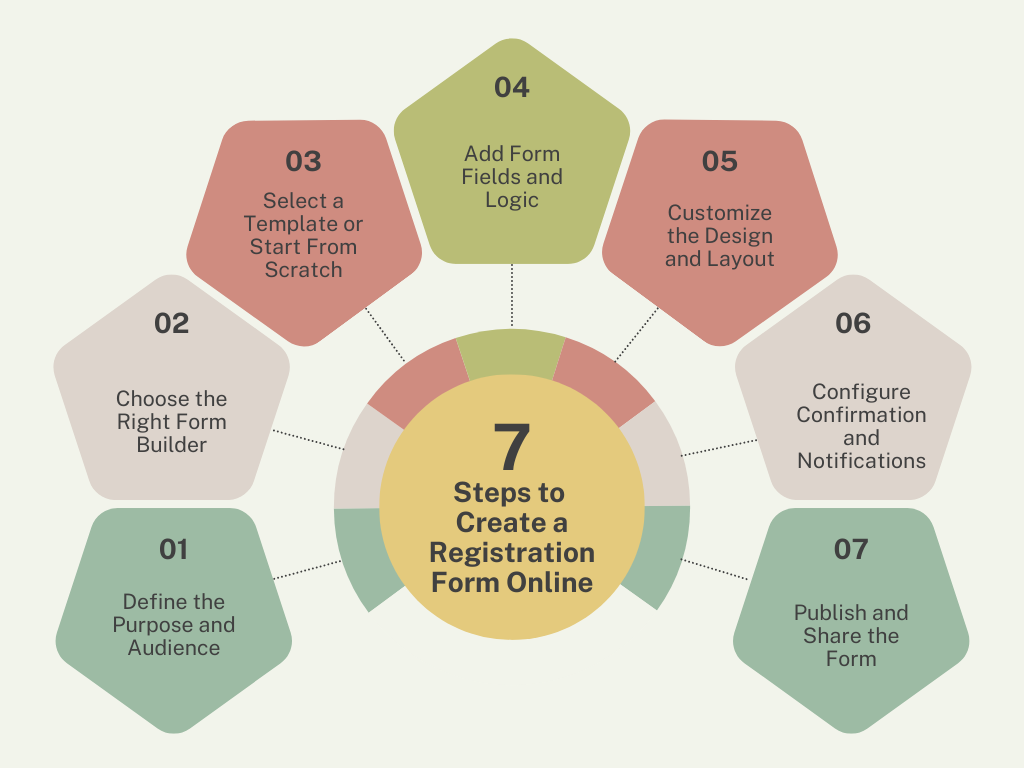
Step 1: Define the Purpose and Audience
Before you jump into building, you need to understand why you're creating the form and who will be filling it out. Ask yourself: Are you registering attendees for a single event, or do you need a form for recurring registration like a weekly workshop or monthly subscription?
The data you collect should directly serve the purpose, whether it’s for organizing event logistics, onboarding users, or creating participant profiles. This helps you avoid asking unnecessary questions, which can reduce drop-off and improve completion rates.
Step 2: Choose the Right Form Builder
Once you know your goals, it’s time to pick a platform that lets you build your form with ease. A good online form builder offers a drag and drop form creator, logic rules, templates, design customization, and integrations with tools like Google Sheets, Mailchimp, or CRM platforms.
Here we are using involve.me, a popular form builder that comprises all the necessary features to create a professional and converting registration form.
Step 3: Select a Template or Start From Scratch
involve.me offers a library of pre-designed templates tailored for different industries and use cases. Whether you’re running a seminar, onboarding new gym members, or registering students, a relevant registration form template can save you hours of setup time.
Templates typically include essential fields and layout blocks. You can easily customize registration form elements by changing field names, adding logos, and adjusting layout or branding to match your company’s style.
Create your own online forms
Get started with 300+ templates
Sales Call Scheduling Form Manufacturing Template
Newsletter Signup Form for Software Template
Workshop Feedback Form Template
Business Consultancy Appointment Template
Request Collection Form for CPG & DTC Template
Product Review Form for Ecommerce Template
Step 4: Add Form Fields and Logic
Now it’s time to add questions to your form. Start with basic fields like name, email, and phone number, and then include custom fields that are specific to your use case.
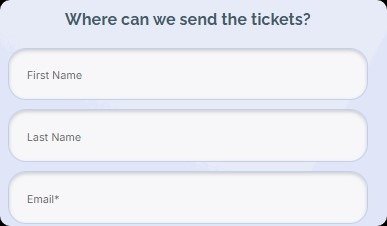
Make sure you’re only asking for what’s absolutely necessary. Too many questions can overwhelm users and lead to form abandonment. To make your form smart and responsive, use conditional logic forms, these allow the form to show or hide questions based on previous answers.
Also, don’t forget to apply form field validation where appropriate. This ensures users enter the correct format for emails, phone numbers, or dates, improving data quality.
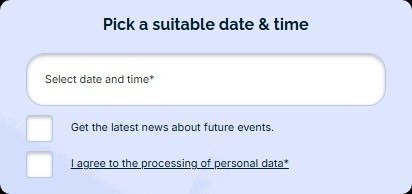
Step 5: Customize the Design and Layout
Add your logo, select a matching color palette, and choose between a single-page or multi-step layout based on your content volume.
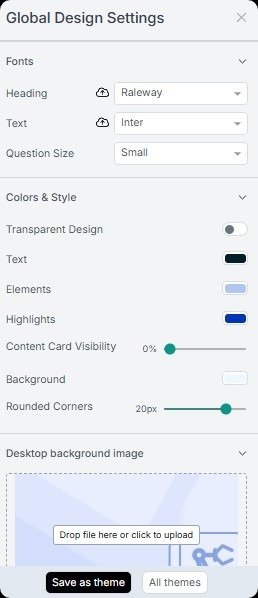
Make sure the design is mobile-friendly. A majority of users will likely open your form from their phone, so it needs to be responsive and easy to read on smaller screens.
Step 6: Configure Confirmation and Notifications
Once a form is submitted, what happens next? Set up a thank-you page that confirms the registration and gives next steps or links. You can also redirect users to a custom URL after submission, use this to drive them to an event page, resources, or payment instructions.
Enable auto-response emails to send a confirmation to the registrant. This reassures them that their submission was successful and can include important details like event time, location, or a summary of what they signed up for.
Step 7: Publish and Share the Form
Now that your form is ready, it’s time to make it live. involve.me provides different sharing options: you can embed registration form on your website using HTML, or share it directly via link, email, or social media.
If you're using the form for a campaign or event promotion, consider embedding it in a high-traffic area of your site or linking to it in your ads and newsletters. You can also integrate the form with your CRM or email platforms to automatically send collected leads into your marketing or sales pipeline.
And there you have it, you now know how to make a registration form that’s not only functional but also smart, mobile-friendly, and connected to your wider business tools.
Online Registration Form Templates (Use Cases)
Below are some of the most common scenarios where registration forms streamline signups, automate workflows, and enhance user experience.
Workshop Registration
Workshops often require segmenting participants by skill level or interest. A workshop registration form typically includes fields for name, email, time slot preferences, prior experience, and specific topics of interest. Adding conditional questions based on selections allows you to better plan resources and instructors.
Webinar Sign-Up
A webinar registration form is usually short and optimized for speed. It collects basic information like name, email address, and sometimes company or job title. You might also include a field asking how attendees heard about the event, which helps with future marketing efforts. Embedding the form on your landing page or sharing a direct link makes it easy to reach more registrants.
Event Registration
When hosting a live or virtual event, using an event registration form helps you collect detailed information like attendee names, organizations, preferred sessions, meal choices, and accessibility needs. Advanced options like payment collection and confirmation emails make the registration process seamless.
Membership Form
A membership registration form is useful for gyms, clubs, loyalty programs, or subscription-based services. It can include plan selection, payment integration (e.g., Stripe, PayPal), start dates, and opt-in checkboxes for ongoing communication. With a well-structured form, you can automate onboarding and manage renewals efficiently.
Client Intake Form
If you're a coach, consultant, agency, or healthcare provider, a client intake form helps you gather the information needed before your first session. It usually includes personal and contact details, service needs, expectations, and any prior history relevant to your work. A conditional logic form can adjust questions based on responses, making the form personalized and less overwhelming.
Best Practices for High-Converting Registration Forms
Creating a registration form is just the beginning. If you want users to complete it and convert, whether that means attending an event, signing up for a service, or becoming a member, your form needs to be optimized for both usability and motivation. Below are proven best practices to help you boost submission rates and capture higher-quality leads.
Use a Single-Column Layout for Clarity
When a form is laid out in multiple columns, it can feel cluttered and hard to follow. A single-column layout leads the eye naturally from top to bottom, improving focus and reducing errors. It also makes your online form more mobile-friendly, especially important when a large portion of users register on their phones.
Group Related Fields Together
Logical grouping helps users move through the form faster and feel less overwhelmed. For example, keep all personal details (name, email, phone number) together, then group session preferences or payment information in the next section. Clear section headings and spacing also make your registration form feel more organized and easier to complete.
Avoid Asking for Unnecessary Information
Every additional field creates friction. If a question doesn’t directly impact your planning, onboarding, or communication, consider removing it. Focus only on the information you absolutely need, and use conditional logic forms to reveal optional fields based on earlier answers. This reduces form fatigue and keeps the experience relevant to each user.
Make the Form Easy to Find
Even the best form won’t get results if users can’t find it. Be sure to embed registration form prominently on your website, ideally above the fold on relevant pages or in dedicated landing sections. If you’re promoting an event or product, include form links in emails, ads, and social media posts.
Write Clear CTAs and Guidance
Your form’s copy should answer a simple question: What do I get by filling this out? Use a smart call-to-action button like "Reserve My Spot" or "Start My Free Trial" rather than a generic “Submit.” You can also add short helper text near fields (e.g., “We’ll use this to send your confirmation email”) to reduce confusion.
Ensure Accessibility for All Users
A truly user-friendly form should be accessible to everyone. Use proper field labels, maintain good color contrast, and support keyboard navigation. Accessibility not only improves UX but also expands your audience and ensures compliance with modern web standards, especially for multi-language forms and international users.
Common Mistakes to Avoid
Even with the best intentions, it’s easy to create a registration form that looks great but performs poorly. Avoiding these common mistakes will help ensure your form collects accurate data, encourages completions, and doesn’t frustrate your users.
Including Too Many Fields
Asking for too much information right away is one of the biggest reasons users abandon forms. When people are short on time, or using a mobile device, they won’t hesitate to click away from a form that feels too long or intrusive. Stick to essentials first, and use a conditional logic form to show additional fields only when needed.
Requesting Sensitive Data Without Security Measures
If your form collects personally identifiable information or payment details, you must ensure it’s protected. Always use secure platforms and form field validation to avoid incorrect or incomplete data. For sensitive information, make sure you're compliant with data protection standards like HIPAA compliance or GDPR, depending on your region.
Neglecting Mobile Optimization
A large portion of users will access your form from a mobile device. If your online form isn’t mobile-optimized, whether due to a clunky layout, small buttons, or poor spacing, you’ll lose signups fast. Always preview your form on phones and tablets to ensure it loads quickly and is easy to fill out on smaller screens.
Forgetting Confirmation or Follow-Up
Once a user submits a form, they expect acknowledgment. Without a confirmation screen, redirect, or auto-response email, people may wonder if their submission was received. Worse, they may try to resubmit or contact your team manually. Be sure to set up a thank-you page and auto-response to confirm everything was successful and share next steps.
Lack of Clear Instructions or Error Handling
If users encounter vague instructions or don’t understand what a field is asking for, they may enter incorrect information, or quit entirely. Use field labels, examples, and hints to guide them. Also, make sure your form field validation clearly explains what went wrong, rather than showing generic error messages.
Final Thoughts
Learning how to create a registration form online may seem like a technical task at first, but with the right tools and structure, it’s simple, even for beginners. If you're organizing a workshop, launching a webinar, onboarding new members, or streamlining client intake, online forms are your gateway to faster, cleaner, and more organized data collection.
When built strategically, a registration form does more than just gather signups, it automates your workflow, improves user experience, and drives conversions. From using the right registration form template to applying best practices like conditional logic, clear CTAs, and mobile optimization, every step contributes to higher completion rates and better results.
The best part? You don’t need to code or hire a developer to make it happen.
Ready to start?
Create your first form today with involve.me, a powerful form builder that makes it easy to create a registration form online, collect payments, embed forms anywhere, and connect to your favorite tools.
Create you own online forms
Get started with 300+ templates
Subscription Box Customer Service Template
Giveaway Form for Marketing Agencies Template
Contact Form for Insurance Template
Price Quote Generator Template
Workshop Registration Form Template
Expert Contribution Form for Online Magazines and News Websites Template
FAQs
Can I Create a Registration Form Without Coding?
Yes, you can. involve.me lets you build fully functional registration forms without writing a single line of code. It also allows you to customize layouts, add logic, and automate workflows in just a few clicks.
How Do I Embed a Registration Form on My Website?
involve.me offers an embed registration form option that generates an HTML or iframe code. You can paste this code directly into your website’s backend, landing page builder, or CMS.
Can I Collect Payments Through a Registration Form?
Absolutely. If you’re charging for an event, service, or membership, involve.me supports payment gateways like Stripe or PayPal. You can add a payment field to your form and securely collect registration fees during submission.
How Do I Make My Registration Form GDPR or HIPAA Compliant?
To ensure compliance, choose a form builder that supports HIPAA compliance or GDPR standards, depending on your needs. Include necessary checkboxes for user consent and clearly state how the collected data will be used. Always store sensitive information securely and avoid unnecessary data collection.


